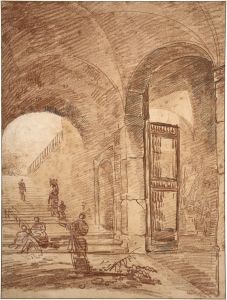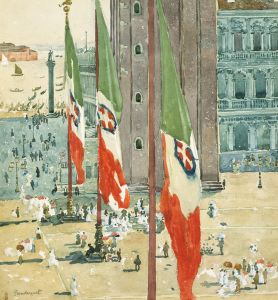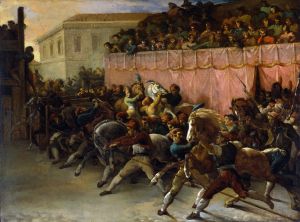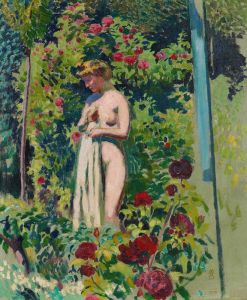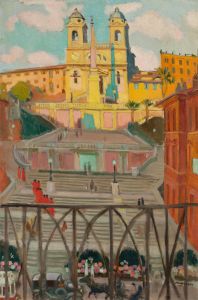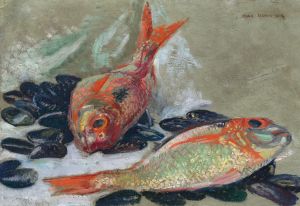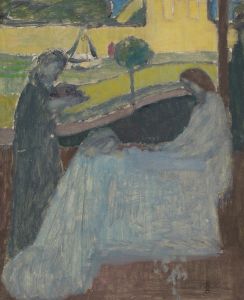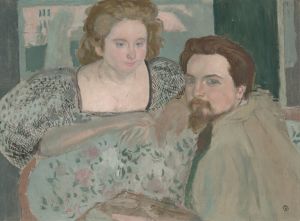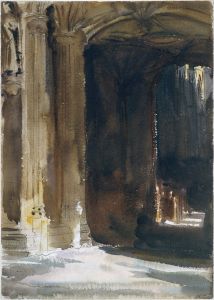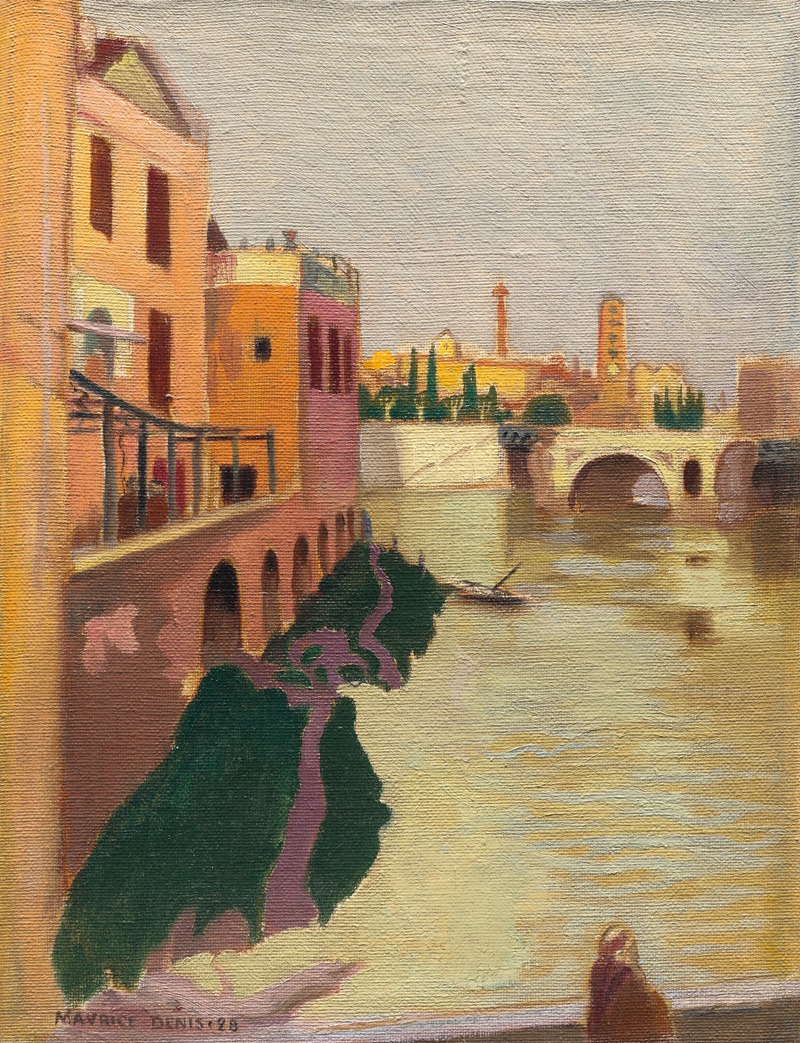
Île du Tibre ou île San Bartolomeo, Rome
A hand-painted replica of Maurice Denis’s masterpiece Île du Tibre ou île San Bartolomeo, Rome, meticulously crafted by professional artists to capture the true essence of the original. Each piece is created with museum-quality canvas and rare mineral pigments, carefully painted by experienced artists with delicate brushstrokes and rich, layered colors to perfectly recreate the texture of the original artwork. Unlike machine-printed reproductions, this hand-painted version brings the painting to life, infused with the artist’s emotions and skill in every stroke. Whether for personal collection or home decoration, it instantly elevates the artistic atmosphere of any space.
Maurice Denis, a prominent French painter and a leading figure in the Symbolist and Nabi movements, created the painting "Île du Tibre ou île San Bartolomeo, Rome." This artwork reflects Denis's characteristic style, which often emphasized the importance of spirituality and symbolism in art. Born in 1870, Denis was deeply influenced by religious themes and the works of earlier masters, which is evident in his approach to painting.
The Île du Tibre, or Tiber Island, is a small island in the Tiber River in Rome, Italy. It has been historically significant due to its strategic location and its association with various religious and cultural landmarks. One of the most notable structures on the island is the Basilica of San Bartolomeo all'Isola, which was commissioned in the 10th century by Emperor Otto III. The basilica is dedicated to St. Bartholomew the Apostle and has been a place of pilgrimage and worship for centuries.
Denis's painting captures the serene and timeless quality of the island, focusing on its architectural and natural beauty. His use of color and form is typical of his work during this period, where he often sought to convey a sense of harmony and tranquility. The painting likely reflects Denis's interest in religious and historical subjects, as well as his ability to infuse his works with a sense of narrative and emotion.
Throughout his career, Maurice Denis was known for his theoretical writings on art, where he famously stated that a painting, before being a battle horse, a nude woman, or some anecdote, is essentially a flat surface covered with colors assembled in a certain order. This philosophy is evident in "Île du Tibre ou île San Bartolomeo, Rome," where the composition and color palette are carefully orchestrated to create a cohesive and contemplative image.
Denis's work was part of a broader movement in late 19th and early 20th-century art that sought to move away from the realism and naturalism that had dominated the previous decades. Instead, artists like Denis were interested in exploring the symbolic and spiritual dimensions of their subjects, often drawing on religious and mythological themes. This approach is evident in his depiction of Tiber Island, which is not just a geographical location but a site imbued with historical and spiritual significance.
The painting is an example of Denis's ability to blend his interest in religious iconography with his modernist sensibilities. His work often bridges the gap between traditional religious art and the avant-garde movements of his time, making him a pivotal figure in the transition from 19th-century academic art to the more experimental approaches of the 20th century.
In summary, "Île du Tibre ou île San Bartolomeo, Rome" by Maurice Denis is a testament to the artist's skill in capturing the essence of a place through his unique blend of symbolism, spirituality, and modernist aesthetics. The painting not only reflects Denis's personal artistic vision but also serves as a window into the broader cultural and historical context of its subject matter.






